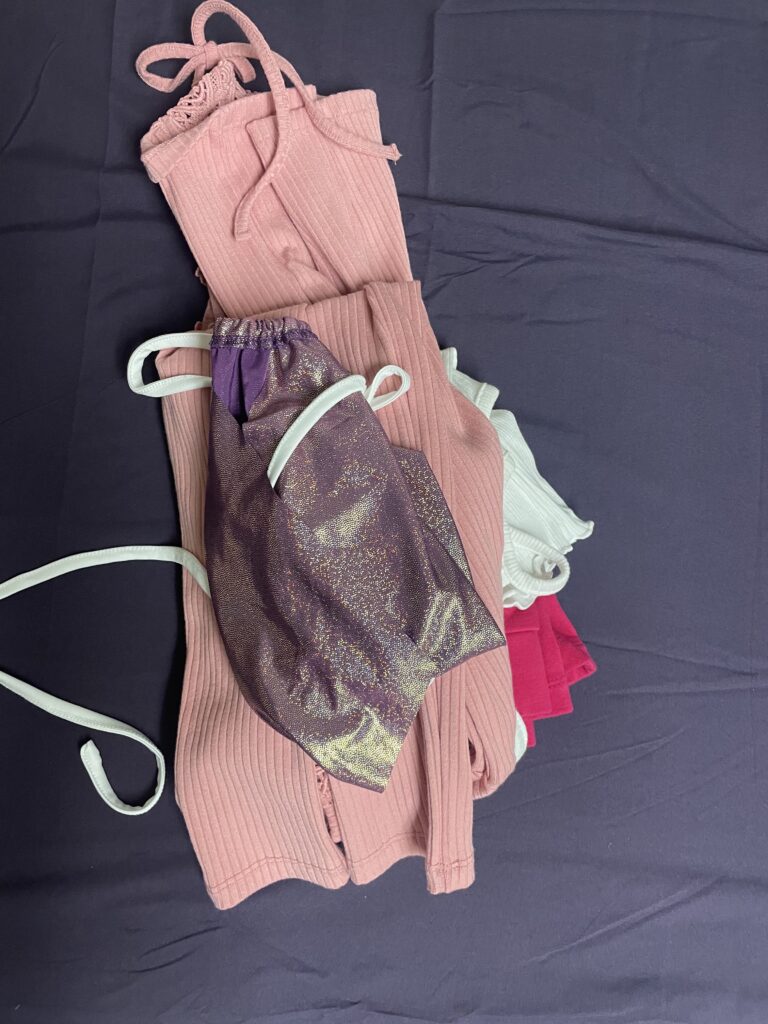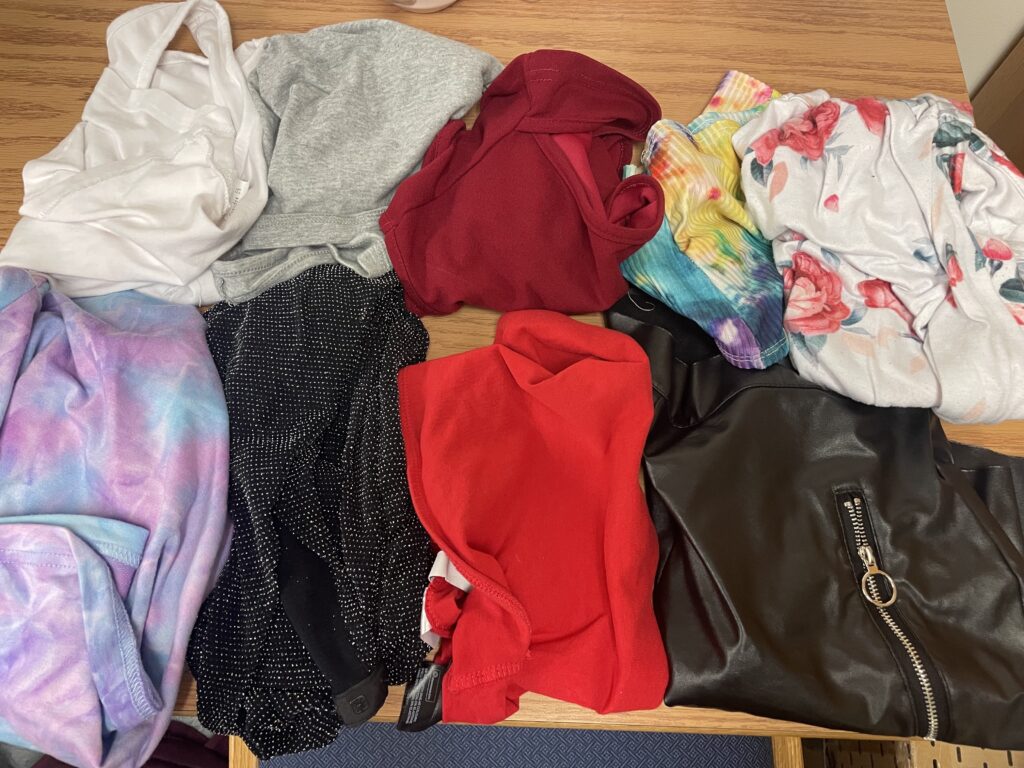Picture this: you’re a college student. You have limited funds and have the societal pressure to fit in with your peers. Clothes, play an instrumental role in fitting in. Do you buy the more expensive, ethically sourced clothes or the cheaper fast fashion clothes?
Here, we see the pros of fast fashion. For college students, it is cheap. Current Gettysburg College Student, Hanna Schwarzer, cites the price as the main reason she buys fast fashion. There are other benefits for college students, though. Fast fashion allows students to keep up with fashion trends without breaking their wallet, buy multiple items at once, and get their items quickly (Su, 2017). Look below to see how many items of fast fashion clothing are in one singular college apartment.
But what are the cons of fast fashion?
The fast fashion industry has many hidden cons that many consumers are either unaware about or ignore. The industry causes mass environmental degradation and uses copious amounts of resources. For example, the fast fashion industry uses 79 billion cubic meters of water annually (Waste 360). This is approximately 30 billion swimming pools.
The fast fashion industry also creates major human rights violations. The factory workers, mainly women and children, are barely paid for their work, which is what allows fast fashion to be so cheap. Additionally, there are unsafe working conditions, which are expanded upon in our A Case Study: Rana Plaza Collapse page.
In addition, a lot of consumers buy clothes and throw it out within three weeks of buying them (Joy et al., 2012). This causes for a massive amount of clothing waste to accumulate hurting the environment even further.
Then what can we do to avoid these cons?
First when you go to throw out your clothes, remember that there are many other options. You can donate them to an organization such as Goodwill, you can give them to a thrift store, or you can simply just pass them down to a younger family member. You can resell the clothes as well, or send them to be recycled.
As for the economic side of attaining unique clothing that allows you to display your identity, you can go thrifting. It is as simple as that. Thrift stores often have more authentic clothes, and they provide a unique experience where you have to be creative in picking your outfits.
Quiz:
Take our survey here to see how your fast fashion use compares with other viewers!
Sources:
Burke, J. (2013). The Shirt on Your Back. The Guardian.
Joy, A., Sherry, J. F., Venkatash, J,. Chan, R. (2012). Fast Fashion, Sustainability, and the Ethical Appeal of Luxury Brands. Fashion Theory, 16(3): 273 – 296
Kim, H., Choo H.J., Yoon N. 2013. The Motivational Drivers of Fast-fashion Avoidance. Journal of Fashion Management and Marketing.
Can Fast Fashion Ever be Sustainable? Waste360. May 2020:N.PAG. Accessed September 28,2021.
Su, J. (2017). Factors affecting college students’ brand loyalty towards fast fashion. International Journal of Retail and Distribution Management 46(1): 90-107.
Yoon, N., Lee, H.K., Choo, H.J. 2020. Fast Fashion Avoidance Beliefs and Anti-Consumption Behaviors: The Cases of Korea and Spain. Sustainability.




